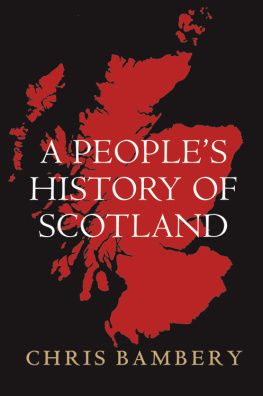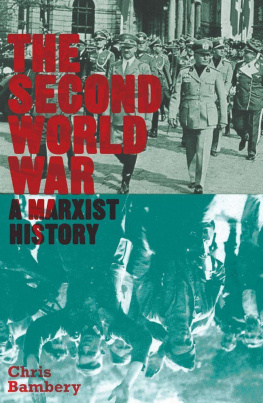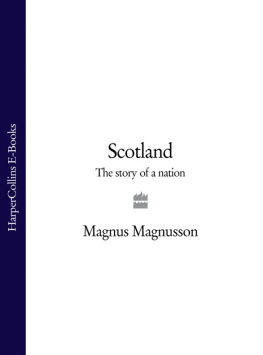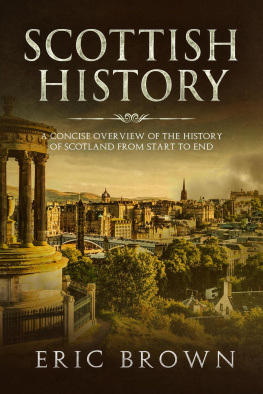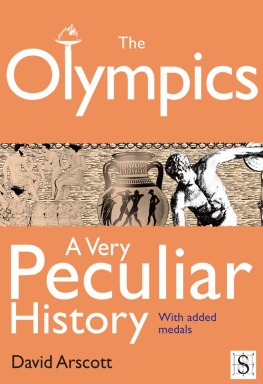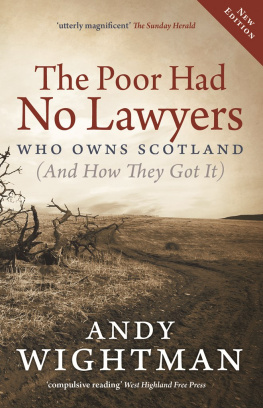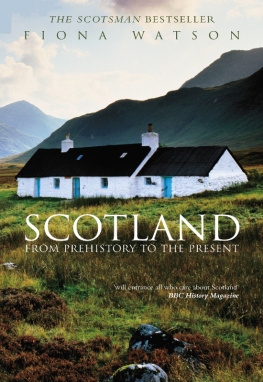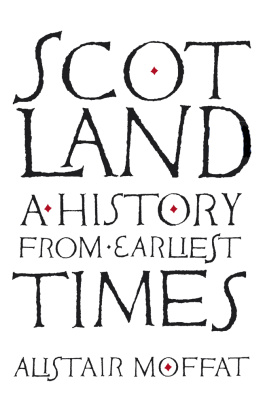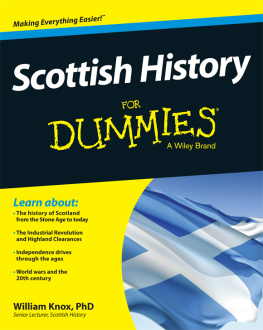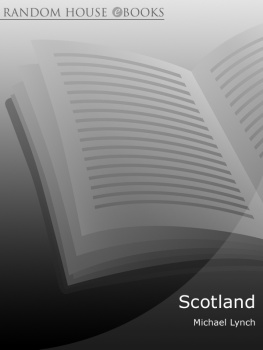Chris Bambery - A Peoples History of Scotland
Here you can read online Chris Bambery - A Peoples History of Scotland full text of the book (entire story) in english for free. Download pdf and epub, get meaning, cover and reviews about this ebook. City: London, year: 2014, publisher: Verso, genre: History. Description of the work, (preface) as well as reviews are available. Best literature library LitArk.com created for fans of good reading and offers a wide selection of genres:
Romance novel
Science fiction
Adventure
Detective
Science
History
Home and family
Prose
Art
Politics
Computer
Non-fiction
Religion
Business
Children
Humor
Choose a favorite category and find really read worthwhile books. Enjoy immersion in the world of imagination, feel the emotions of the characters or learn something new for yourself, make an fascinating discovery.
- Book:A Peoples History of Scotland
- Author:
- Publisher:Verso
- Genre:
- Year:2014
- City:London
- Rating:3 / 5
- Favourites:Add to favourites
- Your mark:
- 60
- 1
- 2
- 3
- 4
- 5
A Peoples History of Scotland: summary, description and annotation
We offer to read an annotation, description, summary or preface (depends on what the author of the book "A Peoples History of Scotland" wrote himself). If you haven't found the necessary information about the book — write in the comments, we will try to find it.
Abstract: Nation, people, land: the first history from below of Scotland in over sixty years Read more...
A Peoples History of Scotland — read online for free the complete book (whole text) full work
Below is the text of the book, divided by pages. System saving the place of the last page read, allows you to conveniently read the book "A Peoples History of Scotland" online for free, without having to search again every time where you left off. Put a bookmark, and you can go to the page where you finished reading at any time.
Font size:
Interval:
Bookmark:

CHRIS BAMBERY is a writer, broadcaster, TV producer and founding member of the International Socialist Group in Scotland. He is the author of Scotland: Class and Nation (1999), A Rebels Guide to Gramsci (2006) and The Second World War: A Marxist History (2013).
OF SCOTLAND

First published by Verso 2014
Chris Bambery 2014
All rights reserved
The moral rights of the author have been asserted
1 3 5 7 9 10 8 6 4 2
Verso
UK: 6 Meard Street, London W1F 0EG
US: 20 Jay Street, Suite 1010, Brooklyn, NY 11201
www.versobooks.com
Verso is the imprint of New Left Books
ISBN-13: 978-1-78-168284-5
eISBN-13: 978-1-78-168285-2 (US)
eISBN-13: 978-1-78168-654-6 (UK)
British Library Cataloguing in Publication Data
A catalogue record for this book is available from the British Library.
Library of Congress Cataloging-in-Publication Data
Bambery, Chris.
A peoples history of Scotland / Chris Bambery.
pages cm
Includes bibliographical references and index.
ISBN 978-1-78168-284-5 (alk. paper) ISBN 978-1-78168-285-2 (ebook)
1. ScotlandHistory. 2. ScotlandSocial conditions. 3. SocialismScotlandHistory.
I. Title.
DA760.B36 2014
941.1dc23
2014002213
Typeset in Adobe Garamond Pro by Hewer Text UK Ltd, Edinburgh, Scotland
Printed in the UK by CPI MACKAYS
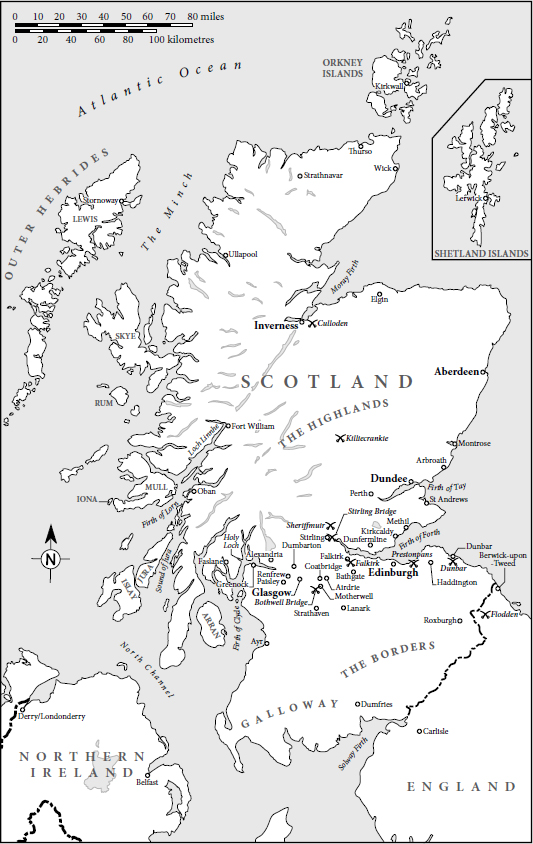
I magine you are travelling up one of the great sea lochs that penetrate far into the interior of the Scottish Highlands. Say, Loch Linnhe, which leads to the Great Glen stretching north-east to what is now Inverness. You are in a party of four or five in a canoe, and other canoes are being paddled behind. Men, women and children are travelling together. Physically the lochs, glens and mountains you see around you are the same as today, but with one important difference: they are covered in a dense forest. For this is Scotland 11,000 years ago.
The last Ice Age has come to an end and the great glaciers have retreated. The forests abound with red and roe deer, elk, wild cattle, boars, bears, wildcats and wolves. In the trees live pine martens, polecats and a variety of birds. The seas and rivers are alive with fish and shellfish. This is what has brought you here. Over the summer you will set up camp and feed on the wildlife, before sailing south to escape the winter. You have no fixed home because you travel constantly in search of game to hunt, or fruits, nuts and other foods.
Hunter-gatherers were the first settlers in Scotland we know anything about. It is likely they were not the first humans here because we know people had reached Britain before the glaciers overran most of the island. The ice, however, destroyed all trace of these earlier humans. The hunter-gatherers were a highly mobile people, doing their rounds of seasonal sites. You can imagine them moving between these favourite spots, taking delight in the locations and joy in discovering new sites with an abundance of food. There were no monarchs, priests or other leaders; people pooled their skills and knowledge. For the first and last time they were living in relative accord with nature.
Flint tools have been found on Ben Lawers in Perthshire and at Glen Dee (a mountain pass through the Cairngorms), demonstrating that these people travelled inland, probably keeping to the high ground above the deep forest. At a rock shelter and shell midden at Sand, near Applecross in Wester Ross, facing across the sound to Skye, excavations have shown that around 7500 BC people had tools of bone, stone and antler, and were living off shellfish, fish and deer. They used pot-boiler stones as a cooking method, made beads from seashells and used ochre pigment and shellfish to make purple dye.
They were sophisticated in their ability to track the changing moon, and with it the tides and the turn of the seasons. In the summer of 2013 archaeologists reported a find in Aberdeen where a group of twelve pits appeared to mimic the phases of the moon, allowing their creators to track lunar months over the year. It was thought that the first means of measuring time had been created in Mesopotamia about 5,000 years ago, but this new discovery predated that by thousands of years. The leader of the project, Professor Vince Gaffney of the University of Birmingham, noted, The evidence suggests that hunter-gatherer societies in Scotland had both the need and sophistication to track time across the years, to correct for seasonal drift of the lunar year and that this occurred nearly 5,000 years before the first formal calendars known in the near east.domesticating animals, but the existing evidence suggests this movement of people was not an invasion. They seemed to have settled down with the natives. Neither was there any dramatic conversion from hunter-gathering to farming. The two co-existed for some considerable time.
Yet, as farming communities evolved, humans started to build shelters of wood and then stone, in settlements such as the one excavated at Skara Brae in the Orkneys. Farming gradually led to the destruction of the great forest that covered Scotland, for use as timber and to clear the way for pasture and crops. This coincided with, and may have contributed to, the cooling of the climate, which increased deforestation, created peat bogs where trees had once stood and rendered much of the uplands infertile.
As pressure on the land grew, boundaries were laid down as farming communities marked out their fields and pastures. They developed the skills to produce pottery and learnt how to polish and grind stone, techniques used in the making of axes to chop trees, and in the preparation of animal skins to provide clothing and waterproof shelter, and to cover timber-framed boats. Trade began to develop, as we know from axes found in Scotland from as far afield as Cornwall and the Lake District.
By around 2500 BC, grand monuments started to dot the landscape henges with their standing stones and great ditches and burial mounds. Where once people had been buried together, these structures were now reserved for the great and the good, as is evident by the relative riches that accompanied the dead to the world beyond. The building of burial chambers and standing stone circles indicates that a process of societal differentiation was already taking place. Arguments would soon break out between communities in moments of scarcity and vulnerability. Wars began to occur.
With war came the emergence of warriors: strong men charged with protecting the community, its crops, animals and harvest. Over time they would emerge as chiefs or even kings. In other words, a class system was emerging.
Until this development, children had probably been brought up collectively; now the responsibility fell on the mother. Further, where
By the late Stone Age period there were established settlements where people grew grains and barley, raised sheep, cattle and, increasingly, pigs, while continuing to exploit the natural resources around them. Farming also relied on communal effort to hoe, sow and harvest.
Around 2500 BC, bronze began to be smelted from copper and tin, and it was used to make weapons, tools, armour and jewellery. The tin had to be imported from Cornwall, and only the wealthy who had access to surplus food and livestock had the means to trade for it. The arrival of bronze, then iron, around 1000 BC (at the same time as the wheel), would have increased class division. A ruling, warrior class had a virtual monopoly of the new metals.
Font size:
Interval:
Bookmark:
Similar books «A Peoples History of Scotland»
Look at similar books to A Peoples History of Scotland. We have selected literature similar in name and meaning in the hope of providing readers with more options to find new, interesting, not yet read works.
Discussion, reviews of the book A Peoples History of Scotland and just readers' own opinions. Leave your comments, write what you think about the work, its meaning or the main characters. Specify what exactly you liked and what you didn't like, and why you think so.

